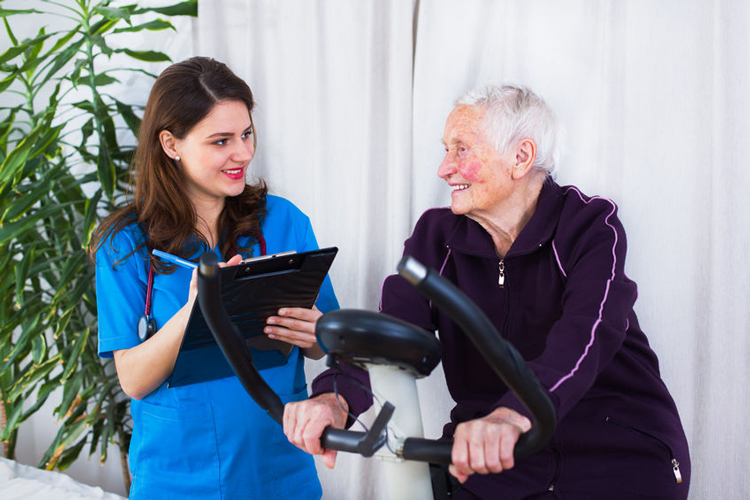6 Important Things to Know when Working with Cancer Patients and Survivors.
By Fitness Learning Systems
 Copyright: Lighthunter / 123RF Stock Photo
Copyright: Lighthunter / 123RF Stock Photo
Cancer is the second leading cause of death in the United States.
Cancer is the second leading cause of death in the United States. Today, survival trends are improving, however, the number of deaths caused by cancer has increased. More than one-third of yearly cancer deaths are related to diet and physical activity habits. Ironically, the same behaviors that contribute to decreasing the risk of cardiovascular disease such as being physically active, maintaining a healthy weight, and consuming a healthy diet can also significantly reduce the risk of developing cancer.
Exercise provides a significant role in the prevention and control of cancer. The U.S. Department of Health and Human Services recommends that those with cancer should be as active as possible considering their current health and capacity, but to avoid inactivity. As with any chronic disease, approval from a physician is recommended before any exercise program prior to, during, or after treatment. Recent data supports that exercise may increase survival rates for both breast and colon cancer survivors, and there is evidence that the risk of cancer reoccurrence may be decreased when physically active during and after treatment. Exercise also plays a significant role in recovery and long-term health.
Overall, exercise comes highly recommended before, during, and after treatment to benefit the cardiovascular system and assist with muscle and bone strength; all of which can be challenged with treatments.
The most frequent cancer site is the skin. If you see moles or abnormal skin spots on your client, encourage them to see their physician immediately. Skin cancer can be deadly.
Here are 6 things to know when working with cancer patients and survivors: (ACSM Guidelines for Exercise Testing and Prescription, 2014)
- Exercise is not recommended if the client is on intravenous chemotherapy days or within 24 hours of treatment.
- No exercise prior to a blood draw.
- No exercise if the client has a tissue reaction to radiation therapy.
- No exercise if there is any bone, back, or neck pain of recent origin or any unusual muscular weakness.
- No exercise if fever greater than 101°F or nausea, vomiting, or diarrhea within 24-36 hours.
- Avoid high-intensity resistance training for muscles located under or near a port or a PICC line. (A port is an implanted venous access port or totally implanted port used to insert treatments like chemotherapy into the bloodstream and a PICC line is a permanently inserted flexible tube for long-term intravenous medicine or treatments.) A PICC line is inserted in the upper arm or the fold in the elbow. The port is normally implanted under the skin in the upper chest (pectoralis area), but can be inserted in the back of the upper arm (triceps area) or in the abdominal area.
For more information about working with clients with chronic disease, see the Fitness Learning Systems Chronic Disease and Exercise Specialist Certificate Program. Specialize and become recognized as a medical fitness professional. Fitness Learning Systems is an IACET accredited continuing education provider.
Link to Courses Page: Cancer Patients and Survivors and Chronic Disease Specialist Certificate

